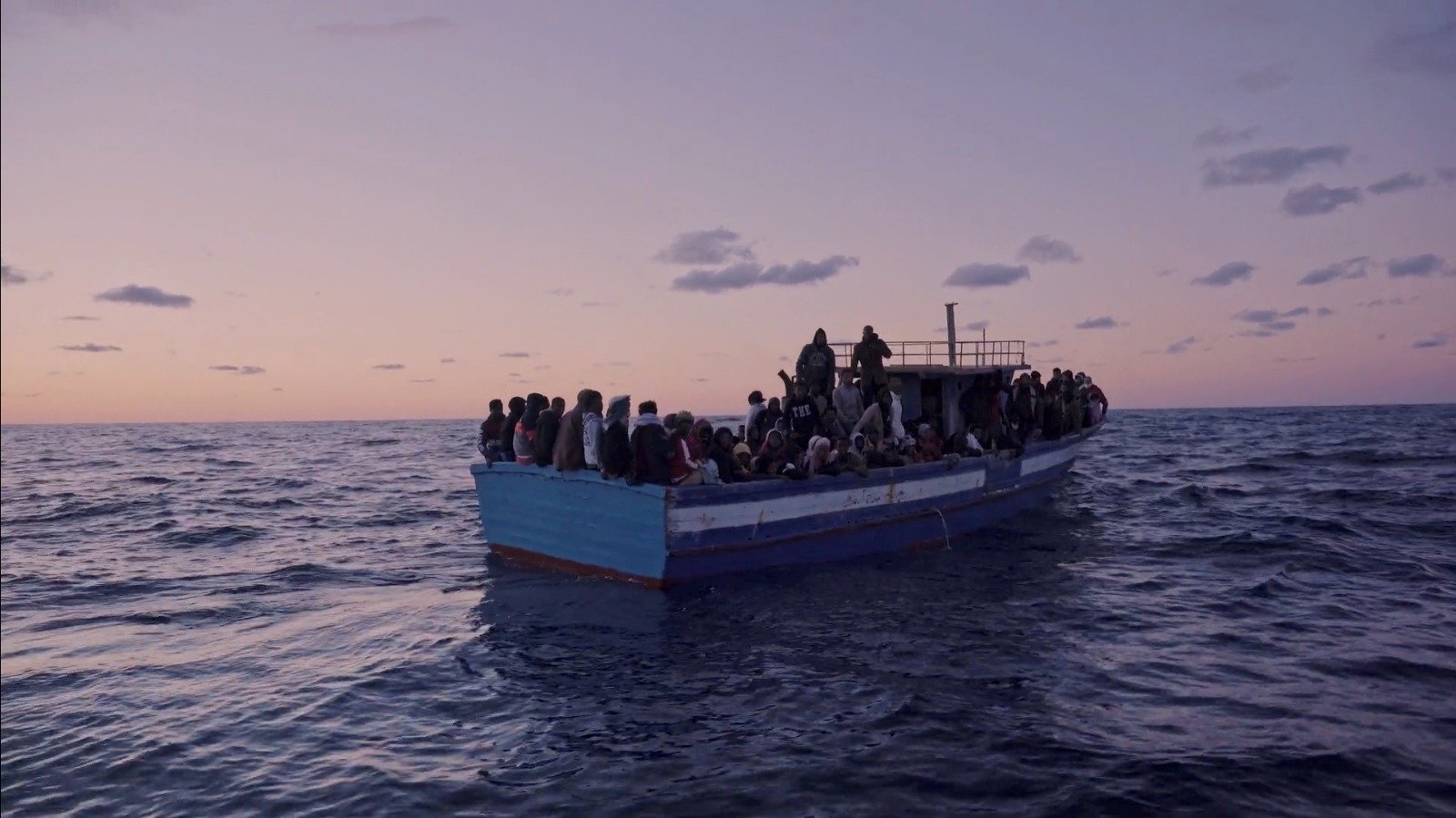Director’s Statement
When I was six years old, my mother paid a smuggler in Ciudad Juárez, Mexico, to get us across the Rio Grande on an inflatable tube. My mom’s decision changed my life forever. She knew that if we made it, we’d have a shot at the American dream. And we did.
I have been living between New York and Spain for the last three years. When I first arrived in Spain, the daily headlines about the drownings of migrants at sea caught my attention. The people dying were being smuggled from Morocco on inflatable dinghies not much bigger than canoes. Most of them were from North and West Africa. The temptation of a place like Spain was the same as the one the U.S. had for my mother — a job and a future. Standing in Morocco, you can literally see the lights in Europe each night across the Strait of Gibraltar.
As the boats sank and the tragedies piled up, I started to wonder: How does a family find closure after a shipwreck? The headlines never went beyond that day’s news. The relatives of those who go missing are often left with unfinished text conversations and social-media posts from their loved ones. But to move on, one needs a body to bury. I wanted to know what takes place when a body washes ashore and to depict the process on film.
A topic like migration is very sensitive in Morocco because the king and his regime don’t want to be scrutinized or held accountable for these tragic crossings. Prominent journalists are often jailed, and foreign reporters are routinely harassed and intimidated. To film this project, we entered the country without ever stating our real purpose for visiting. Given this level of risk, I was determined to get Ahmed Tchiche’s story right.
Ahmed’s son Yahya left Morocco without telling anyone. A few days after leaving his country, the body was found on a beach in Murcia, Spain. Ahmed now faced a nearly year-long process to get his son back home. A search like Ahmed’s isn’t easy to represent visually, and throughout filming we searched for means to represent it in an active way. A rescue mission of lost migrants at sea offered a visual representation of the circumstances that lead to such tragedies in the Mediterranean. Images of the open sea represent the unwieldy and uncertain search for some kind of closure.
The film’s score serves another role, connecting the threads of the many characters, who along with Ahmed, are central to delivering his son’s body home — a Spanish mortician, an NGO worker and an established Moroccan immigrant who dedicates his time now to helping families who have lost loved ones at sea. The emptiness and frustration can be seen on their faces but often goes unsaid. One can hear it in the score, however, which our composer wrote drawing from electronic and classical elements to convey their sense of yearning.
Never in history have so many people been displaced by political, economic or military conflicts at home. “Until He’s Back” is a reminder that behind every person who perishes trying to emigrate, there are loved ones left behind. This film is about persistence and the power of closure.



